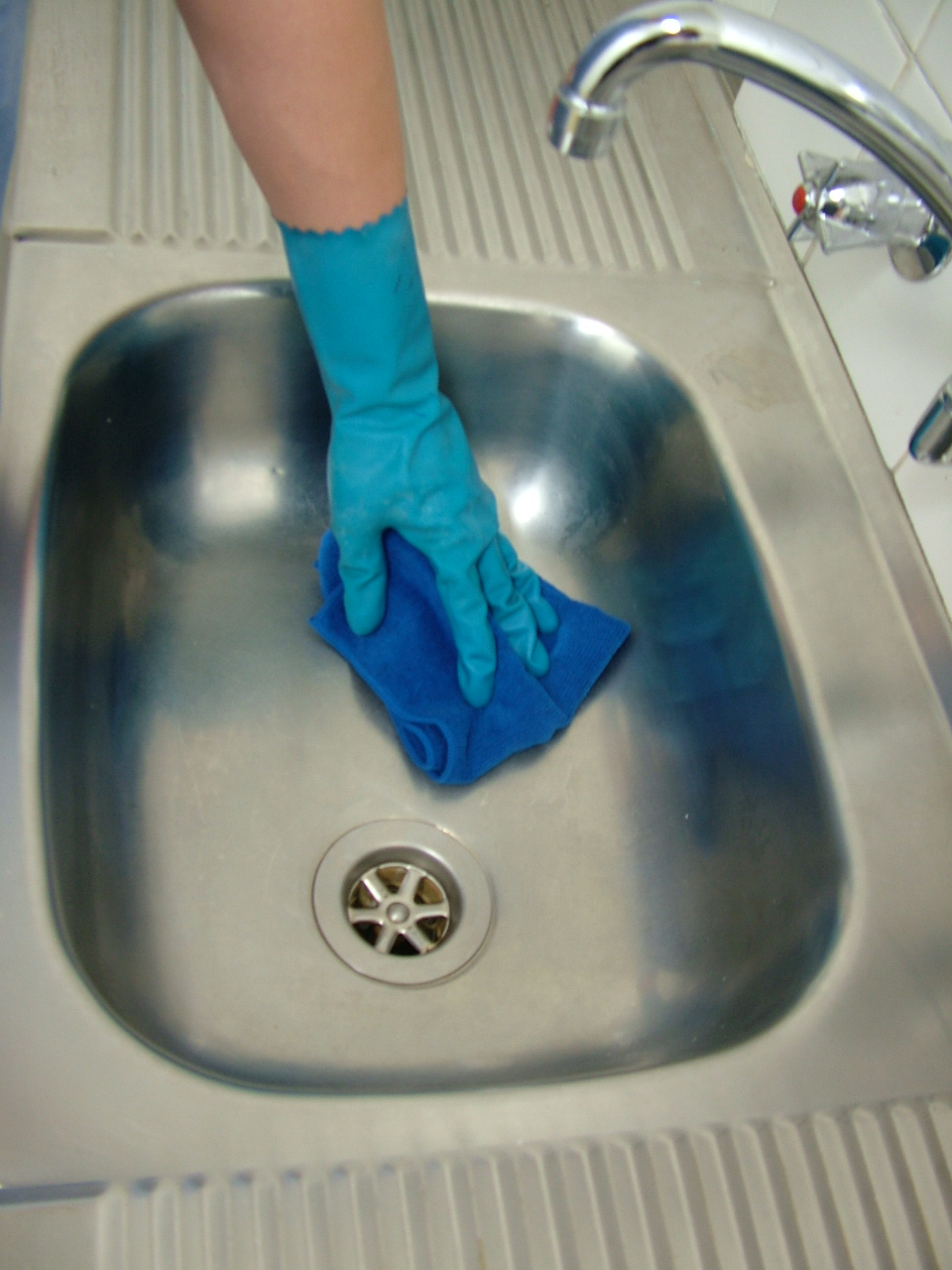 Stainless steel must be maintained more often than most people understand to keep it in good condition. Although called “stainless” it can in fact stain, corrode and discolour without proper attention. Grime accumulates easily on the surface of stainless steel resulting in maximum corrosion. It is also easily scratched and marked without the right cleaning method.
Stainless steel must be maintained more often than most people understand to keep it in good condition. Although called “stainless” it can in fact stain, corrode and discolour without proper attention. Grime accumulates easily on the surface of stainless steel resulting in maximum corrosion. It is also easily scratched and marked without the right cleaning method.
Although the cost of stainless steel is often high, with the correct management the achievement of long life and good performance is easy. The frequency and cost of cleaning stainless steel is lower than for many other materials and this will out-weigh the cost of purchase.
Cleaning stainless steel if often a simple process but it can depend on what type of mark or stain needs removal.
Here are a few specific ways to clean stainless steel:
1. Routine clean: Washing with soap or a mild detergent and warm water followed by a clean water rinse is usually quite sufficient. For an even better appearance, finish by wiping dry the cleaned surface to give it a shiny touch.
2. Discolouring and Stubborn Stains: Use a cleansing cream, such as Jiff, as the detergent. Use a fibre brush or rag. Rinse well with clean, warm water and dry completely afterwards.
3. Fingerprints: Use warm water with soap or some type of organic solvent. Rinse with water and dry well to give a polished finish.
4. Grease/Oil Marks: Use an organic solvent (such as methylated spirits). Use a rag or sponge to clean with elbow grease. Rinse well with clean water and wipe thoroughly. Dry. Repeat if necessary.
5. Rust and Corrosion: Use plenty of water and a touch of nitric acid. Leave to soak on rust for 30minutes to 1 hour and then wash off with more water. Use the general cleaning method afterwards with soap, water and detergent. Dry off to finish.
Note: Use gloves while using acid and be extremely careful. Add the acid to the water to combine, and be sure to flush all excess down a treated waste system. Do not spill acid over other areas and be really thorough with rinsing.
6. Deposits from Hard Water: Use a mixture of water and vinegar. Soak solution and then use a brush to clean. Rinse well with clean water.
7. Scratches on a Polished Finishing: Slight scratches – use a nylon pads. Polish with pads or cloths with iron-free abrasives for deeper scratches. After this, clean as a routine clean with soap, detergent and warm water.
Kanklean Tip:
Do not use ordinary steel wool because iron specks can become fixed in stainless steel and cause further surface issues. Scotch-Brite scouring pads, and stainless steel specific pads, are satisfactory.